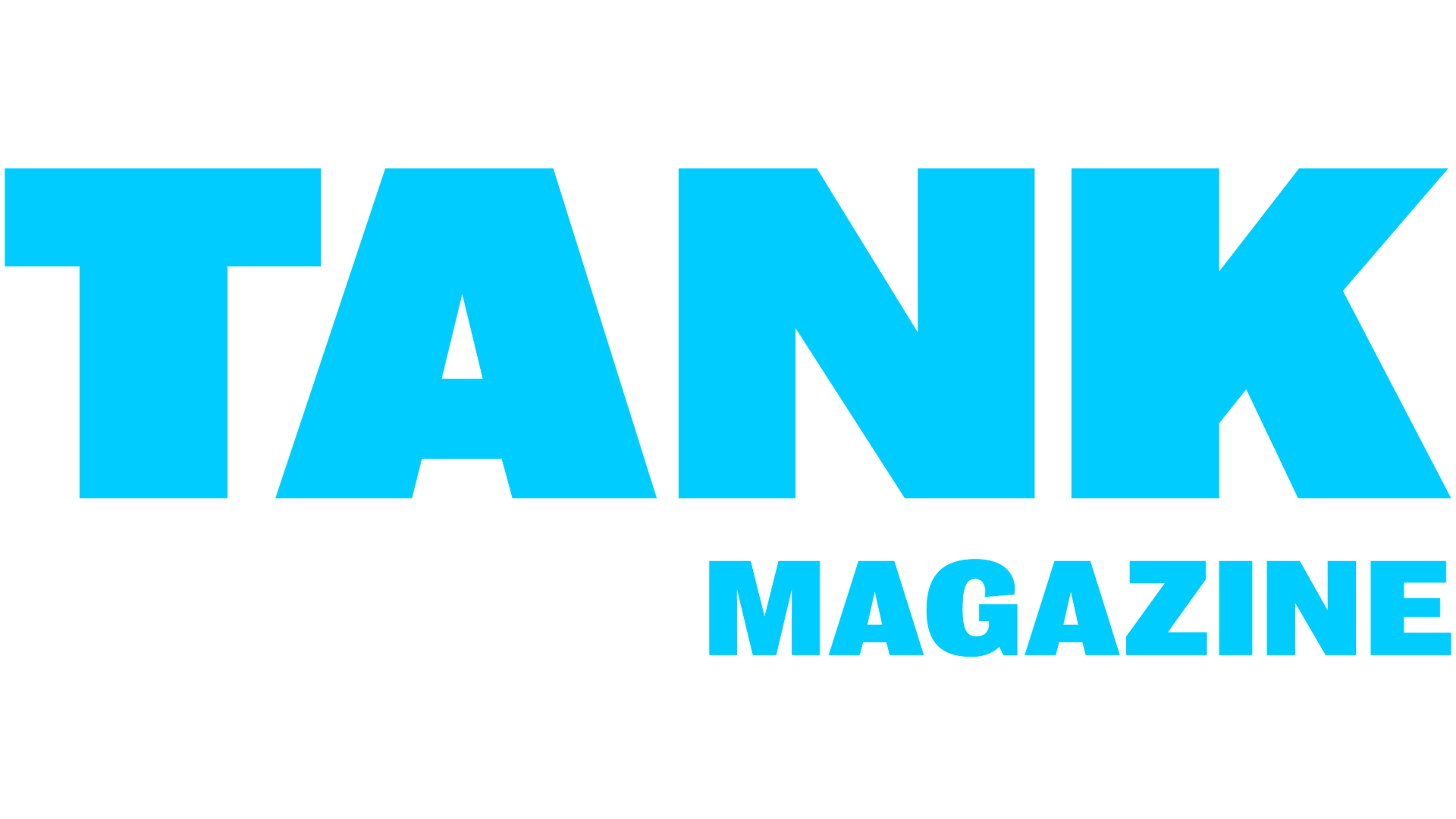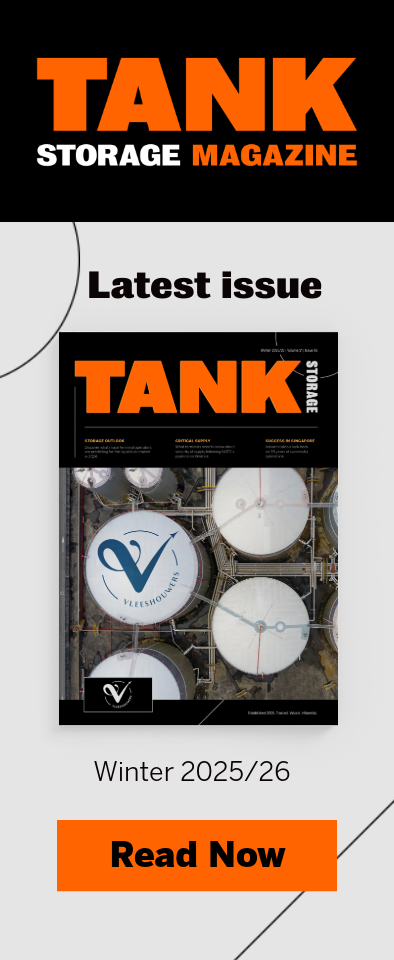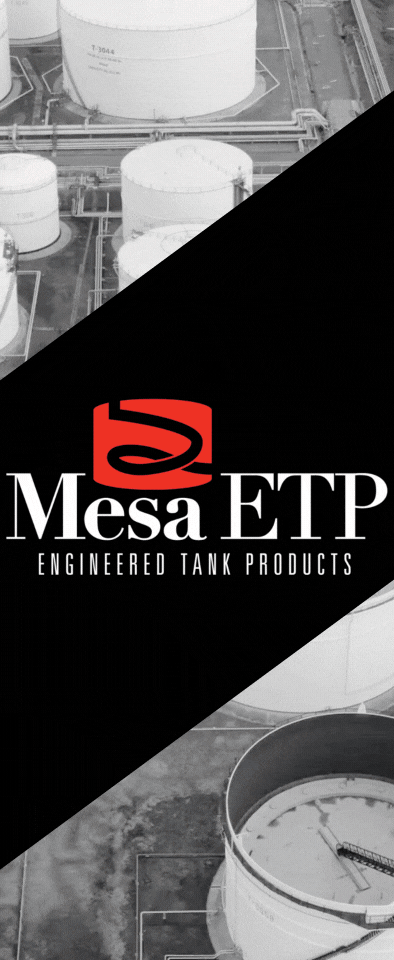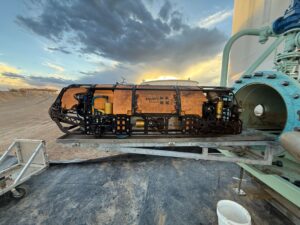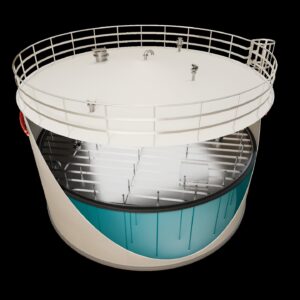Water cut monitoring is a pivotal element in evaluating the quality of oil exchanged between refineries and suppliers. The evaluation of the water cut can be performed in many ways, but because drifting and inconsistencies in water cut measurement can be expensive for all parties involved, trustworthiness of the instrumentation used is paramount: not only must it perform well when new, but continue to deliver accurate results over the ensuing months and years.
A few years ago one of the world’s leading oil companies realised that their water cut instrumentation drifted by up to 20% per year, resulting in the need to allocate 1,400 hours for calibration and false alarms each year. Though the calibration could be performed by internal service technicians, it was costly, time consuming, and took them away from other tasks.
When measuring the water cut, consideration should be made whether to perform measurements with internal instrumentation, or to send samples to an external lab for evaluation.
MANUAL SAMPLING OF WATER IN OIL VS CONTINUOUS MEASUREMENT
Collecting samples from the process for external laboratory analysis is common and may be necessary, and the quality of the measurement performed in a lab is undoubtedly very high. However, the working hours spent on collecting samples, and the expense for lab tests should be compared to the one-time cost of continuous measurement performed by a water cut meter that constantly monitors the water cut as the oil passes by the sensor.
The accuracy of the real-time water-in-oil analysis performed by a water cut meter spans from 0.008 to 0.0002 (depending on what type of oil is being measured) and this will normally be a satisfactory measurement accuracy. By using a water cut meter an oil company can significantly reduce the need for detailed and complex lab tests and will improve their bottom line by spending less money on oil analysis. At the same time, an oil company can make better use of its inhouse engineers’ time.
Depending on their design and technology, the accuracy of water cut meters can vary greatly from one manufacturer to another. So, even though any water cut meter may help save a company money, taking advantage of the most advanced technology will provide the most benefit in terms of both accuracy and the bottom line.
TECHNOLOGICAL ADVANTAGES OF THE UNIVERSAL IV REAL-TIME WATER CUT METER
An example of a water cut meter that uses a probe with a large active or surface area to measure the water cut is the Drexelbrook Universal IV water cut meter.
This type of water cut meter uses radio frequency (RF) admittance technology to measure the water content of the media by sensing the difference in the dielectric constants of oil (K=2.3) and water (K=80). The sensing element can exceed 15’ (4.6 m) on insertion probes and over 30’ on some inline spool systems, which means that the capacitance measurement will produce a more accurate reading compared to many instruments that only measure about 2’ of the media passing by.
CONSIDER ACCESSIBILITY, MOUNTING OPTIONS, AND COMMUNICATION
Some water cut meters require portions of pipe to be removed in order to mount the instrument. This can be a complicated and expensive task requiring many hours to complete. The Drexelbrook Universal IV water cut meter is designed for various types of mounting, including insertion through a welded coupling or pipe elbow or with an in-line spool. These are very easy to mount, without the need to remove entire portions of a piping system.
The display housing can be mounted remotely to provide easy access to the real-time measurement display, or the data can be transmitted via HART or 4-20mA to a control room. The probes can handle up to 1500 psi and 230°C/450°F.
ACHIEVING SATISFYING ACCURACY AND ROI
The oil company, mentioned earlier, contacted Drexelbrook to see if the Universal IV cut meter would be an improvement over their current instrumentation. Aside from the simplicity of mounting and eliminating drifting measurements, the engineering team from Drexelbrook pointed out that another key factor to lowering service costs is the avoidance of build-up of paraffin or other substances on the probes inside the oil.
Wes Kramer, director of sales and service at Drexelbrook, explains: ‘Drexelbrook’s Universal IV cut meter is based on RF admittance technology. This technology provides accurate measurements unaffected by paraffine buildup. Some technologies can deliver faulty measurements because of abrasion from sand or paraffine buildup in the fluid. Universal IV probes are designed to be easy to clean, ignore coatings, and withstand contaminated media. The data from the probes is temperature and density compensated, meaning they deliver outstanding results even under the harsh conditions experienced in refinery pipes.
The sensing element on the Universal IV utilises a polyether ether ketone (PEEK) material and stainless-steel sensing rod that is extremely durable, and is the reason that epoxy coatings are not needed. Epoxy coatings are a maintenance burden, as they degrade over time, especially when placed in a turbulent process flow. The degradation of epoxy coating will result in erratic outputs and requires expensive, reoccurring maintenance by field personnel. This is one of the great hidden expenses in installing instrumentation that is not ideal for the application, and that is one of the areas that makes a cheap solution really expensive.’
The company ended up investing in more than 100 Drexelbrook water cut meters. Was it expensive? No. The customer achieved a return on investment in less than two years, due to significant savings on their service budget.
Drexelbrook has recently decided to underscore the reliability of the Universal IV water cut meter by providing a three-year warranty. In many cases, the warranty period will extend beyond the time a customer realises their return on investment.
For more information:
